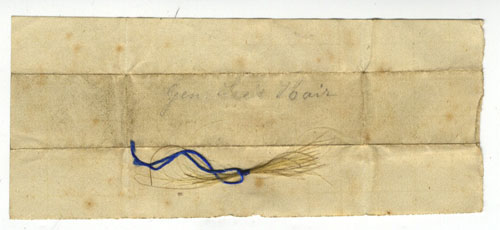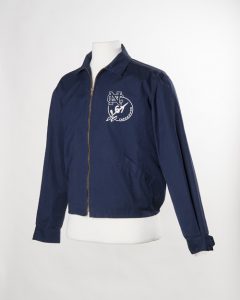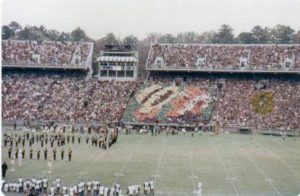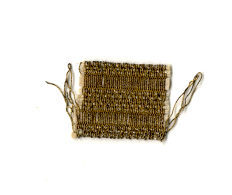
Francis J. Hale, co-founder of the UNC Parachute Club, recently dropped in with July’s Artifacts of the Month. Hale, Class of 1973, organized the Club in 1969 with fellow student Bob Bolch. Not surprisingly, the University did not easily warm to the idea of its students jumping out of airplanes. Hale recalls “The athletic department wanted nothing to do with us. I nagged the devil out of them, until I finally got some old warm up suits from the swim team.” Undaunted by the University’s lack of enthusiasm, the Club designed suits, acquired equipment, and thrived. Members were soon winning trophies in regional contests with other parachute clubs.
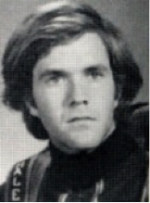
Army regulations were looser back in those days and Club members were allowed to jump with the 18th Corps Sport Parachute Club at Fort Bragg and later the Green Beret Parachute Club. According to Hale, UNC Parachute Club members didn’t spend too much time at Fort Bragg, but hanging around the seasoned soldiers there opened their eyes “a little too wide.”
Also included in this gift is a helmet with camera, a t-shirt with logo designed by team member Canda Sue Reaugh, a logo pendant, and, most priceless of all, the stories Hale told us about his experiences as a student. Understandably, Hale is holding onto his Parachute Club jacket, which, like his 1969-1973 jumpsuit, still fits!


